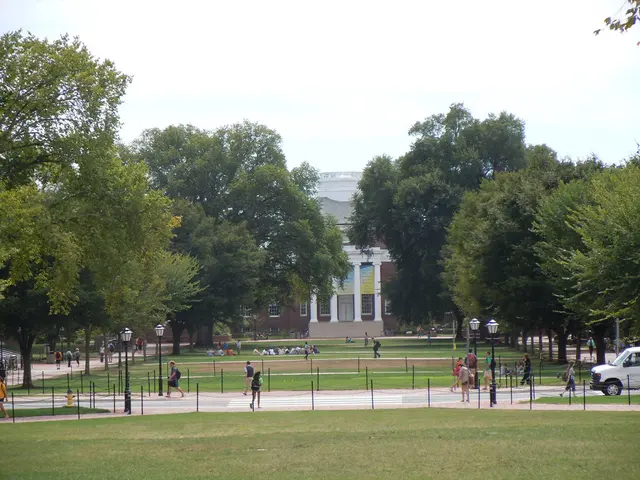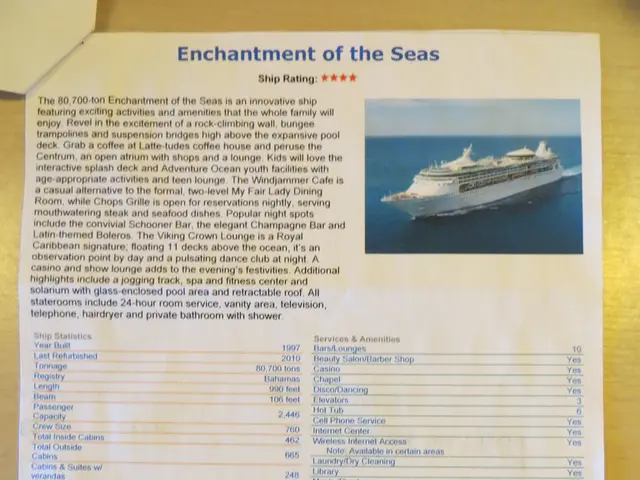Trade conflict dismantles previously strong populist bond between Trump and Modi
===============================================================================
The strategic bilateral relationship between the United States and India is under significant strain, primarily due to escalating trade tensions, tariffs, and Washington’s warming ties with Pakistan. Despite a long history of growing cooperation, especially in counterbalancing China, recent U.S. policies have disrupted this momentum.
Key points shaping the relationship as of August 2025:
- The U.S., under President Donald Trump, imposed high tariffs on Indian imports, initially at 25% and then increased to about 50% total tariffs, excluding some sectors. These tariffs are partly intended to penalize India for continuing its purchase of Russian oil and arms, despite Western sanctions on Russia. This move is seen in New Delhi as coercive interference in Indian foreign policy and a blunt diplomatic tactic.
- Trade negotiations between the two countries have halted suddenly and dramatically, overshadowing prior progress made under previous U.S. administrations and even during Trump’s earlier term. The U.S. approach contrasts with its more accommodating stance towards China and even Pakistan in some areas, complicating the strategic calculus for India.
- Washington’s enhanced engagement with Pakistan, including a proposed trade and energy development agreement and extending preferential tariff rates (19%), along with hosting Pakistan’s Army chief shortly after a terrorist attack on India, has added to the tensions and led to suspicion and resentment in New Delhi.
- Despite these tensions, the bilateral relationship still retains some defense-related cooperation from agreements signed in 2024, such as the Security of Supply Arrangement and liaison officer postings in key U.S. commands.
- The United States maintains a significant trade deficit with India ($40 billion) and has strong economic ties totaling about $212 billion in two-way trade, indicating deep economic interdependence even amid rising friction.
In summary, the U.S.-India strategic partnership is at a critical juncture, marked by a sharp downturn in trade relations and growing diplomatic friction fueled by U.S. tariffs and divergent approaches towards Russia and Pakistan. While decades of bipartisan efforts have built a strong foundation, recent U.S. policies risk a prolonged rift, raising concerns about a potential recalibration of regional alliances.
Notably, India’s Foreign Ministry called out the hypocrisy of nations criticizing India while themselves engaging in trade with Russia. The trade deal that India has offered to the U.S. is said to be the "most expansive in this country's history," referring to reports that India was willing to open up to some American agricultural products. The messaging from Trump has stung Modi’s administration, which has been negotiating a trade deal with the U.S.
Trump announced 25% tariffs on India due to India’s purchase of Russian oil, a move that is expected to be felt across sectors in India. India began importing oil from Russia because traditional supplies were diverted to Europe after the outbreak of the Ukraine conflict. Trump’s deputy chief of staff, Stephen Miller, accused India of financing Russia’s war in Ukraine by purchasing oil from Moscow.
Meanwhile, Trump praised Pakistan’s counterterrorism efforts and announced a "massive" oil exploration deal with Pakistan. Friction between New Delhi and Washington has been hard to miss, with events such as Trump’s tariffs on India and India’s purchase of oil from Russia causing unease.
As both nations grapple with these issues, it remains to be seen how they will navigate this critical juncture in their relationship. India has vowed to take "all necessary measures to safeguard its national interests and economic security," signaling a potential escalation in the trade war. The U.S., for its part, has yet to back down from its hardline stance on tariffs and its engagement with Pakistan. The future of the U.S.-India relationship hangs in the balance.
- Migration between the two nations could increase due to the strained U.S.-India relationship.
- Education and self-development opportunities may be affected as a result of the trade war.
- Personal growth and mindfulness practices might offer respite during these challenging times.
- War and conflicts are creating a hostile environment that may lead to decreased productivity.
- Career development for both countries' citizens could be hindered by the escalating diplomatic friction.
- Policy and legislation changes are inevitable as a response to the current trade tensions.
- Car accidents might rise due to the increased stress level on the roads.
- Politics remains at the forefront as both nations try to navigate this critical juncture.
- Online education platforms could see an increase in enrollments as a means of lifelong learning.
- Job search platforms could witness higher traffic as more individuals seek employment opportunities.
- General news outlets report on the consequences of the U.S.-India trade war daily.
- Crime and justice systems might feel the ripple effects of the growing tensions.
- Accidents, including both traffic and industrial accidents, could become more frequent.
- Fires could break out due to increased stress levels and negligence.
- Learning about goal-setting and conflict resolution strategies becomes increasingly crucial.
- Lifelong learning is essential to adapt to the ever-changing geopolitical landscape.
- Skills-training programs can help individuals remain competitive in the job market.
- Sports, such as soccer, football, basketball, baseball, hockey, golf, and others, provide a much-needed distraction.
- Champions League, NFL, WNBA, European leagues, MLB, NHL, racing, Premier League, American football, NBA, Masters, Grand Prix, horse racing, Serie A, LaLiga, and NCAAs basketball tournaments continue to captivate fans worldwide.
- Sports betting on these events could increase as people seek to engage in exciting distractions.
- Sports analysis and discussion forums remain active, serving as a source of solace and shared experience.
- Auto racing and mixed martial arts events offer thrilling entertainment during these tense times.
- In the midst of all this, diplomatic efforts to de-escalate the situation continue.
- International relations experts emphasize the importance of continuous dialogue to preserve the strategic bilateral relationship between the United States and India.





